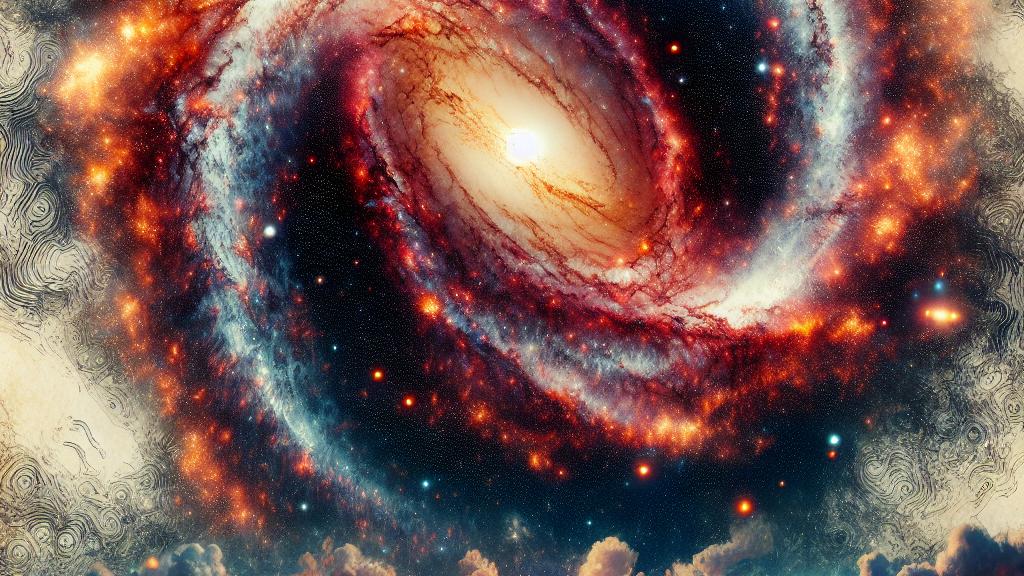Exploring the Fiery Gas Surrounding the Milky Way
Overview
- Recent research unveils a stunning veil of ultra-hot gas enveloping our Milky Way galaxy, illuminating its mysteries.
- Supernova explosions, which mark the violent death of massive stars, play a pivotal role in heating and enriching this surrounding gaseous region.
- Understanding these processes not only enhances our grasp of star formation but also reveals the intricate dynamics of our galaxy's evolution.

Introduction to the Milky Way's Gaseous Surroundings
Imagine gazing into the night sky and realizing that our beautiful Milky Way galaxy is surrounded by a mesmerizing veil of scorching gas, a sight few ever consider. This hot gas, soaring to temperatures around a staggering 10 million degrees Kelvin, stretches an incredible 700,000 light-years from the heart of the galaxy. Recent studies spearheaded by a team at the Raman Research Institute, in collaboration with IIT-Palakkad and Ohio State University, have shed light on the nature and significance of this gaseous formation. It turns out this gas is not merely a cosmic curiosity; it acts as a reservoir for star formation, providing the fundamental ingredients needed to create new celestial bodies. Isn't it awe-inspiring how something invisible to so many can be a powerhouse of stellar creation?
The Role of Supernovae in Heating the Gas
But how does this gas get so incredibly hot, you ask? The answer lies in the cataclysmic events we know as supernovae. When a massive star exhausts its nuclear fuel, it undergoes a spectacular explosion that releases enormous energy and a torrent of hot gas. Think of it as a cosmic fireworks show; each blast not only lights up the universe but also enriches the nearby gas with essential elements such as sulfur, magnesium, and iron—products of stellar alchemy. These elements are crucial for subsequent generations of stars. As these supernovae heat the surrounding gas, they create a dynamic environment where gas can be either expelled into space or drawn back into the stellar disk, perpetuating the cycle of star formation. It's incredible to consider how the end of one star's life can spark the birth of many others. Isn't the universe's cycle of destruction and creation utterly fascinating?
Implications for Future Research
The discoveries resulting from this research are monumental, offering profound insights into the workings of our galaxy. For instance, the faint X-ray emissions detected from this hot gas provide crucial information about its structure and elemental composition. These emissions serve as cosmic fingerprints, revealing the complex interactions of elements forged in the hearts of long-dead stars. With each discovery, scientists are piecing together a grand narrative of the Milky Way's evolution, illustrating how star lifecycles are intricately tied to the health of the galaxy. Consider this: every starberry explosion feeds into the galaxy's vibrant ecosystem, affecting everything from star formation rates to the chemical enrichment of the interstellar medium. As research continues, it’s thrilling to think about the untold secrets the universe still holds. What further wonders will we uncover in this grand tapestry of celestial phenomena?

Loading...